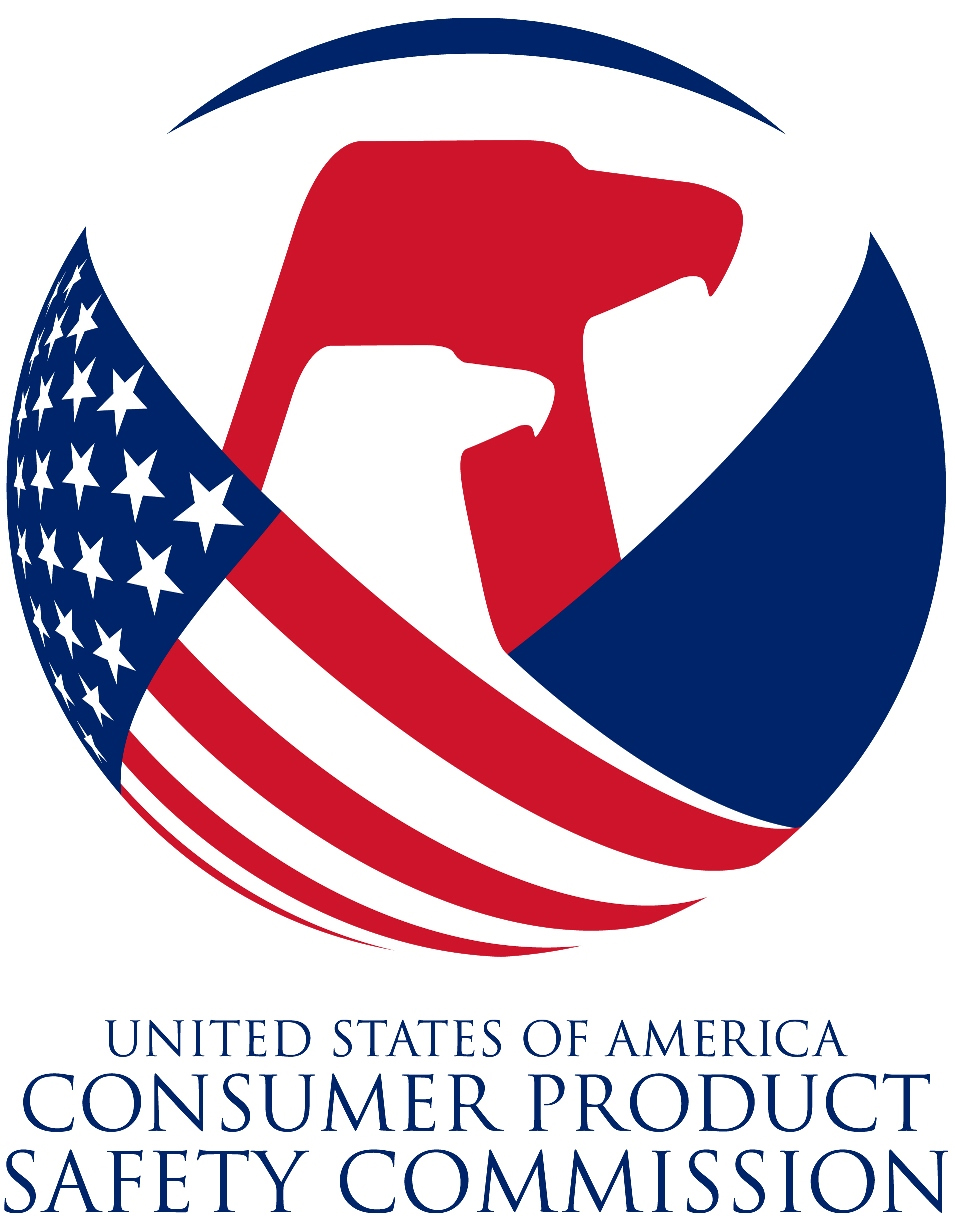
You may have heard about a class of chemicals called phthalates, most notorious for their hormone disruption. They’re found in a variety of consumer products, and based on a law passed in 2008 a government panel was tasked with reviewing the science around health effects of these chemicals. Despite intense meddling from the chemical industry, strong public health science prevailed. Here’s what happened:
A blue ribbon commission of scientists issued a long-awaited report last month recommending a ban on toxic compounds called phthalates in children’s toys and childcare articles.
The scientists were members of the Chronic Hazard Advisory Panel (CHAP), which had been tasked with assessing the risks of 14 phthalates and six alternatives to the substances by Congress under the 2008 Consumer Product Safety Improvement Act. The commission has overseen numerous of public meetings that were well-attended by lobbyists in the chemical industry. The Sunlight Foundation reported that industry groups, including Exxon Mobile and the American Chemistry Council, vastly outnumbered other advocacy groups in appearances before the CHAP: 214 appearances compared to 30.
Despite industry’s relentless campaign to overturn the ban on these extremely toxic chemicals, we are heartened that the science and concern for the protection of children’s health won out, at least at this step of the process.
The CHAP recommended leaving in place a permanent ban on three phthalates (DEHP, DBP, and BBP) and shifting an interim ban on one phthalate (DINP) to a permanent ban. The decision was based on anti-androgenic activity in all four of these phthalates, which means that these chemicals were associated with blocking the action of androgens, the hormones responsible for male characteristics.
In addition, the CHAP recommended several phthalates not considered by the 2008 legislation (DIBP, DPENP, DHEXP, and DCHP) should be permanently banned from children’s toys and child care articles. The CHAP did not find enough science to justify maintaining the ban on DNOP and DIDP in toys put in place in 2008, but neither did they give them a clean bill of health, and called on federal agencies to conduct further risk assessments on these chemicals due to concerns about potential harm to health.
What are phthalates?

Phthalates are used to make plastics more flexible. They can be found all around us– in flooring, cosmetics, cars, cleaning products. While the CHAP focused its review on male reproductive effects, phthalates have been linked to serious health concerns including early puberty in girls (a risk factor for breast cancer), birth defects, asthma, neurodevelopmental problems in newborns, fertility issues, obesity, reproductive harm in males, DNA damage to sperm, and decreased sperm counts. The World Health Organization and the United Nations released a report in February 2013 identifying phthalates as endocrine disruptors that interfere with important developmental processes in humans and wildlife.
Growing policy response
Government action on phthalates in toys dates back to 1999, when the European Union banned the six phthalates addressed in the federal law. In the U.S., the issue was first taken up at the state level, with three states passing similar bans – California, Washington and Vermont. After her home state acted and with the support of a national coalition led by the Breast Cancer Fund, Sen. Dianne Feinstein, D-Calif., added the ban as an amendment to the Consumer Product Safety Improvement Act, which was signed into law by President Bush in 2008.
Broader implications
The CHAP looked specifically at the dangers of phthalates in toys, but the report points out the failings of our overall chemical policy system. For every chemical addressed, the CHAP called for better information on the hazards and exposures to people and more evaluation of the potential risks. The regulatory systems currently in place, at the EPA and the FDA (food packaging, cosmetics, personal care products), are woefully ineffective, leaving the American public unprotected.
The scant data available on phthalates and their alternatives frustrated the CHAP scientists as they tried to make sound decisions on the safety of the chemicals, particularly for children. The report stands as a clear and urgent message that Congress needs to step to the plate to reform the Toxic Substances Control Act to provide real protection to the public and especially our children. The FDA’s regulation of food packaging and cosmetics and personal care products is similarly outdated, ineffective and in desperate need of reform. Federal legislation has been introduced to address these shortcomings including the H.R. 1385, the Safe Cosmetics and Personal Care Products Act, and H.R. 5033/S. 2572, the Ban Poisonous Additives Act.
Next steps
The CHAP recommendations to continue the ban on certain phthalates now goes to the Consumer Product Safety Commission for action, which must consider the proposal within the next six months. Industry will no doubt continue to fight these health protective measures in favor of their bottom line. Advocates will be there, in fewer numbers but with stronger scientific grounding, to ensure the CPSC stays focused on their mission to protect children and the broader public from toxic chemicals.



